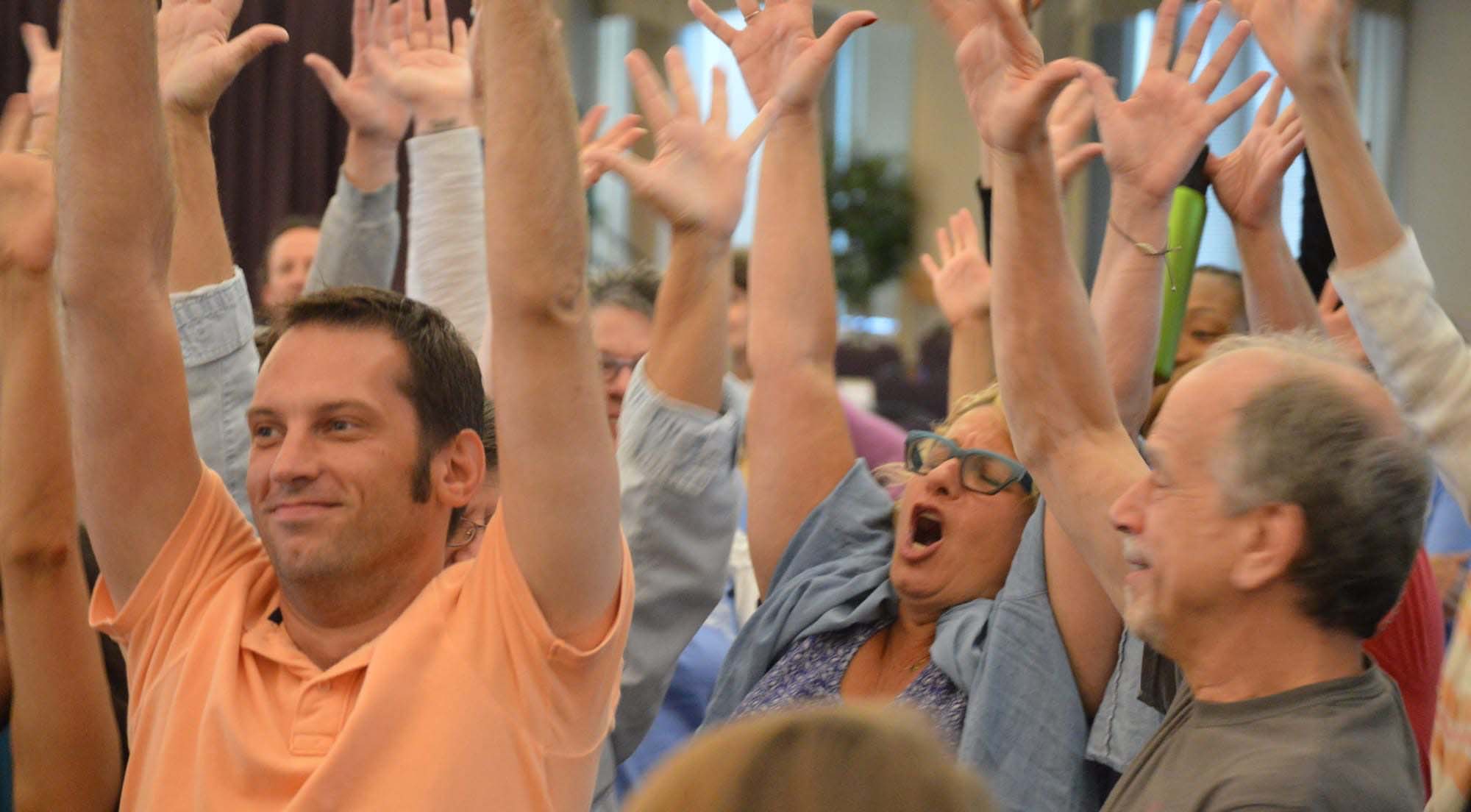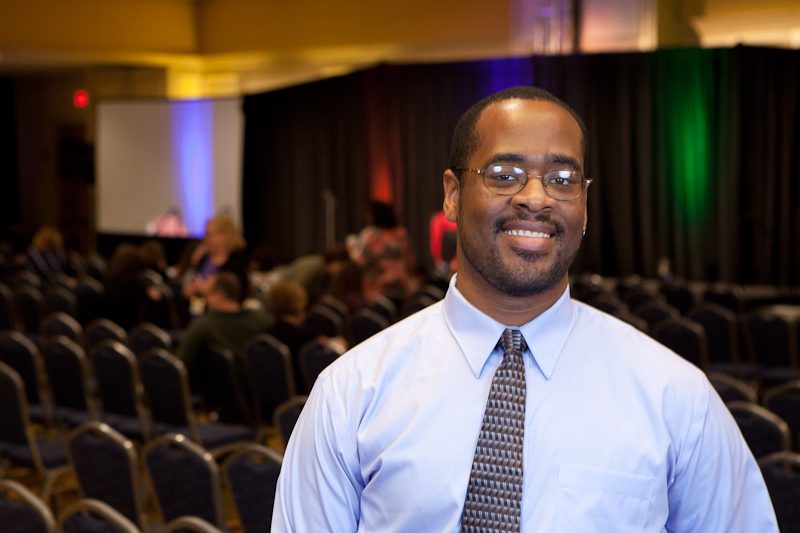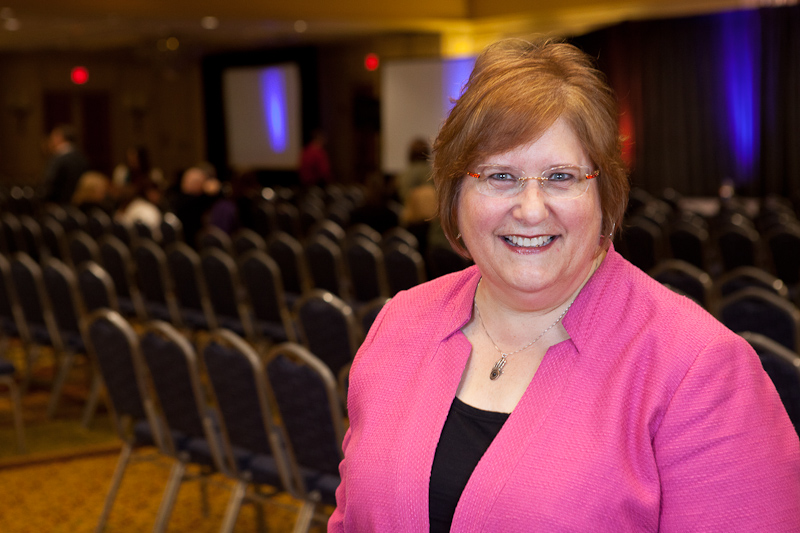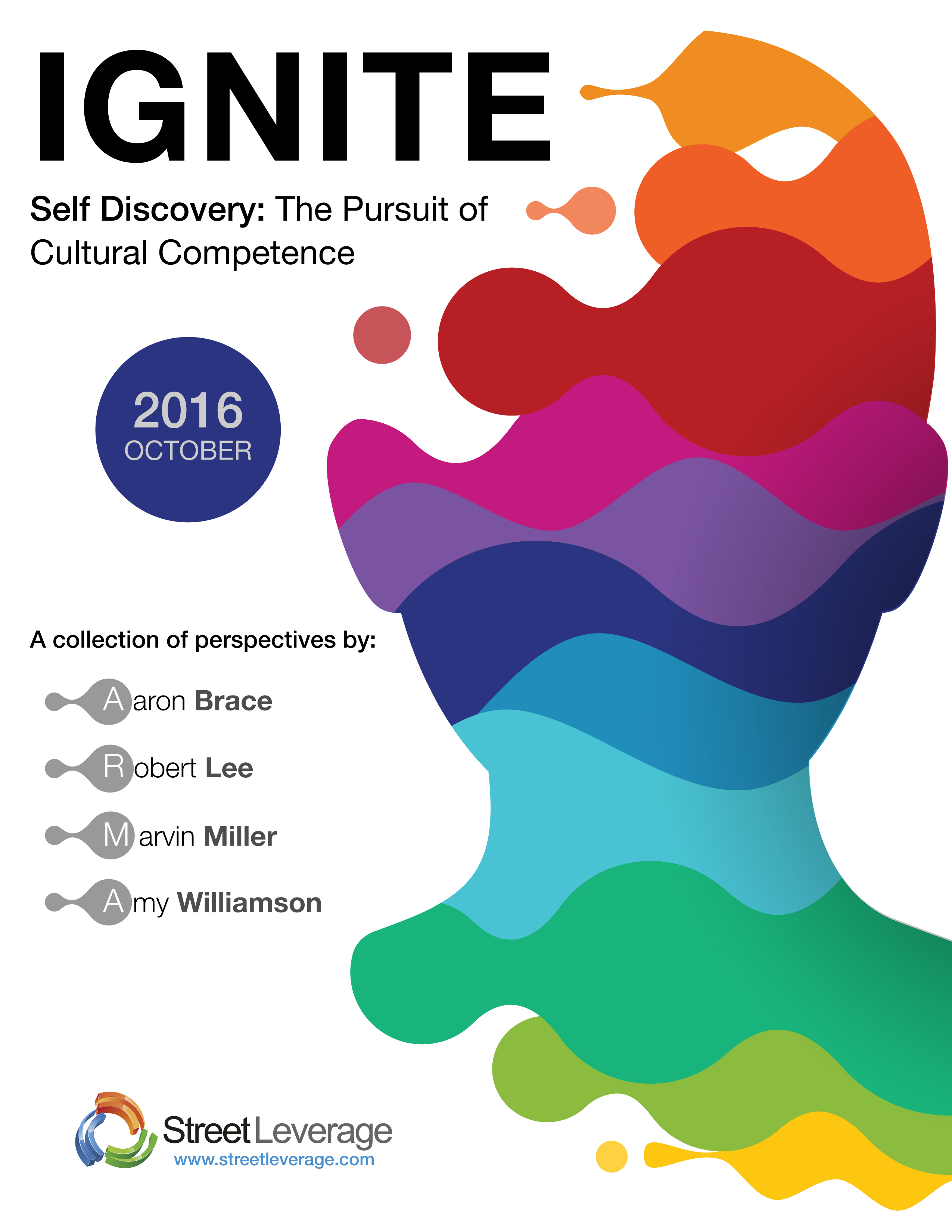
Travelling abroad as a sign language interpreter is an opportunity many practitioners actively seek out. Successfully navigating cultural norms, differences in professional standards, and linguistic challenges are the keys to creating an enriching experience.
Some 15 years ago, I was interpreting at a historic site in Europe for a Deaf friend. At the end of the tour, one of the site’s guides approached me. She asked me about interpreting agencies in that city and about how to sign certain words for the historical objects discussed on the tour. She asked me how interpreters in her country preferred to arrange interpreting services and wanted to be able to better serve future Deaf visitors. To be frank, I couldn’t answer any of her questions appropriately. After all, I was interpreting for an American Deaf person using ASL. I did not know the actual signs for these things. I was not paid by a local agency and, at that point, didn’t have any contacts with interpreting professionals in the country. As the assignment concluded, I tried to deflect feelings of responsibility for not being able to answer any of her questions. Now after much professional experience and growth, I have come to realize that I did have many responsibilities in this situation, responsibilities that I had failed to live up to. I now recognize that, when interpreting abroad, I have important obligations to the Deaf communities and the interpreting communities in the countries in which I choose to work.
Many sign language interpreters relish the opportunity to travel internationally as a part of their interpreting-related work. When we are invited to interpret for a study abroad, a cruise, or an organized tour, we accept the assignment with joyful anticipation. These assignments do indeed offer sign language interpreters important opportunities for professional growth and for personal fulfillment. Nevertheless, accepting these assignments involves accepting the unique ethical challenges associated with them. The RID Code of Professional Conduct encourages interpreters to “conduct themselves in a manner appropriate to the specific interpreting situation.” Interpreting in international settings requires consideration of the unique circumstances that come up in other countries. This work will occasion unique responses to the ethical dilemmas raised.
Combating Ethnocentrism in our Work
Before considering the particularities of these situations, sign language interpreters must be willing to address the ethnocentric assumptions that they likely bring with them on interpreting trips abroad. People typically expect that the norms of their home are the norms employed everywhere. However, norms, even professional norms, are thoroughly culturally conditioned. Simple facts such as what interpreters wear, where interpreters stand, and to where the boundaries of an interpreter’s role extend are all culturally determined. Thus everything about an interpreter’s professional decision making must be re-evaluated when the interpreter is working in a culture in which their decision-making process has not been developed.
Professional norms are likely to be different abroad in ways that we may not be able to anticipate. For instance, the norms of interpreter attire might be quite distinct in different countries. Some countries are accustomed to interpreters wearing only black professional suits. In other countries, suits and ties would never be appropriate. The mode of interpretation can likewise change in various cultures. In some countries, all interpreting is conducted simultaneously. In other countries, interpreters are much more likely to operate in the consecutive mode. Many differences also exist regarding professional boundaries. In some cultures, interpreters do not interact with participants in any obvious way. In other countries, professional behavior requires establishing warm, cordial relationships before business can be conducted.
Unique Obligations to Local Stakeholders
When working in the U.S., we are accustomed to thinking about how our ethical decisions will affect various stakeholders. We think about other interpreters, the Deaf community, and students, for instance. When working abroad, we must expand our area of concern to include colleagues and Deaf consumers in the country in which we are practicing.
Often, your work in another country will represent the first time that people in that country have worked with a professional sign language interpreter. Your work will set a precedent for all other interpreters to follow. You must be careful that the precedent that you establish is reflective of the norms and expectations of that country. Otherwise, you may inadvertently model behaviors that, while admirable in the U.S.A., are unacceptable in your host country. On the other hand, you may be working in a country with high levels of accessibility and with an established sign language interpreting presence. If this is the case, you still have an obligation to uphold the norms and expectations of that community in order to reinforce the work that they have done.
One important aspect of interpreting abroad involves correctly choosing sign terminology. Many of the places that you will visit and the sites that you will see have indigenous signs that can be employed in your interpretations. Rather than inventing signs or spelling the English names of the sites and experiences, take the time to learn how these concepts are signified in the native sign language. Failing to model the correct signs, and – even worse – inventing signs for objects, events, and places shows disrespect for the local Deaf community and for that community’s language. Even if there is not a specific sign that you are able to learn for a term, taking the time to research the meaning of native spoken-language terms can often allow you to present information that more accurately represents the meanings of the names of the location that you are visiting.
In order to assure interpreting work that is culturally and linguistically appropriate in these opportunities abroad, you will likely need to consult with and possibly hire the services of local Deaf and Hearing professionals. Online references and written material should serve only as a first step in preparing for your journey. In-country contacts will be able to teach you about the country’s professional expectations and provide you with the linguistic background needed to provide a culturally sensitive and linguistically accurate interpretation. For a brief in-country visit such as a conference or for one stop on a tour, perhaps a brief Skype conference with local Deaf community members and/or interpreters will suffice. For longer stays abroad, perhaps a prolonged, more organized conversation would be appropriate. In this event, we U.S.-based interpreters must be willing to compensate those international colleagues for their valuable support.
In fact, a sacrificial concern for international colleagues should permeate our work abroad. The Code of Professional Conduct states that we must “demonstrate respect” for these colleagues in the work that we do. Our effect on their work life cannot be ignored. American sign language interpreters often work for conferences, on vacations, and on cruises. These industries often inadvertently exploit the local economy rather than enriching it. Sign language interpreters must be careful not to empower these oppressive systems. If we deprive our colleagues abroad of work that they could perform or if we become accustomed to providing substandard interpretations to our Deaf consumers on account of our unwillingness to share financially with our colleagues abroad, we are supporting this oppressive international system of exploitation. We must ensure that our work in host countries provides income to our colleagues as they serve in support roles to the work that we do.
In fact, we can move beyond simply paying local interpreters to support our work. We should consider partnering with local sign language interpreters and Deaf organizations in ways that provide opportunities for them to serve as our colleagues. If visiting a country that uses a dialect of ASL, U.S. sign language interpreters might encourage or even insist on the use of local interpreters rather than working by ourselves. Cruise lines, university trips, and travel agencies that only tap the resources of U.S. interpreters continue to impoverish local sign language interpreters and thus continue to adversely affect the local Deaf community’s access to interpretation. We must reach out to these local colleagues as potential teams and create opportunities for them by our advocacy efforts.
Best Practices
While we must be careful working abroad, with planning and effort, our presence in other countries can be enriching and helpful to local interpreting and Deaf communities. Here are some practical tips for how U.S. sign language interpreters working abroad can have a positive effect on the local interpreting and Deaf populations.
- Begin by getting in contact with local Deaf organizations and interpreting associations. The World Federation of the Deaf and the World Association of Sign Language Interpreters offer information about many member nations and can be a first stop when seeking international contacts.
- Use local contacts as a resource for you own preparation relating to language, culture, and professional ethics.
- Consider whether teaming with a local interpreter to conduct the work while in the country is feasible. If it is, be an advocate for it to hiring entities.
- Be prepared to represent the Deaf and interpreting communities of the region. Follow their guidelines and professional norms as much as possible in order to set the precedent that they desire.
- When tour guides and conference organizers ask you how they can contract sign language interpreters in the future, be sure to have a reference in their country that they can contact.
- Negotiate contracts creatively and carefully. While it is true that sign language interpreters may have limited control in many of these situations, they can begin these conversations. Owners of agencies and those in positions of power ought to make sure that their budgets allow for compensation to foreign interpreters—both Deaf and hearing—whenever they are appropriate.
- U.S. sign language interpreters might even need to sacrifice some of their own income to team with local interpreters.
- Interpreters and referral agencies can serve as a resource relating to Deaf-operated tours and services in these countries. If Deaf people take advantage of these local Deaf-run services, the need for interpretation would be completely removed while the Deaf population would be enriched.
Investing in International Relationships
The Caribbean is not the playground of the U.S.A. Europe is not an extension of the U.S. classroom. An interpreter’s working vacation requires the respect and cultural sensitivity of any other interpreting job. In fact, jobs abroad require more forethought and preparation than jobs in those areas with which we are already familiar. If this preparatory work is foregone, local Deaf and interpreting cultures will be appropriated and inadvertently exploited. However, if we view these opportunities as investments in our international colleagues and in international Deaf communities, our work abroad can be beneficial to all involved.
Questions to Consider:
- Have you worked abroad? What was your experience like?
- Have you met an interpreter from another country? What did you learn from them?
- Would you like to work abroad? How can you prepare for that experience in the long term? In the short term?
- What resources are available to help you ensure that your next trip abroad is more empowering to the local Deaf and interpreting communities?


















